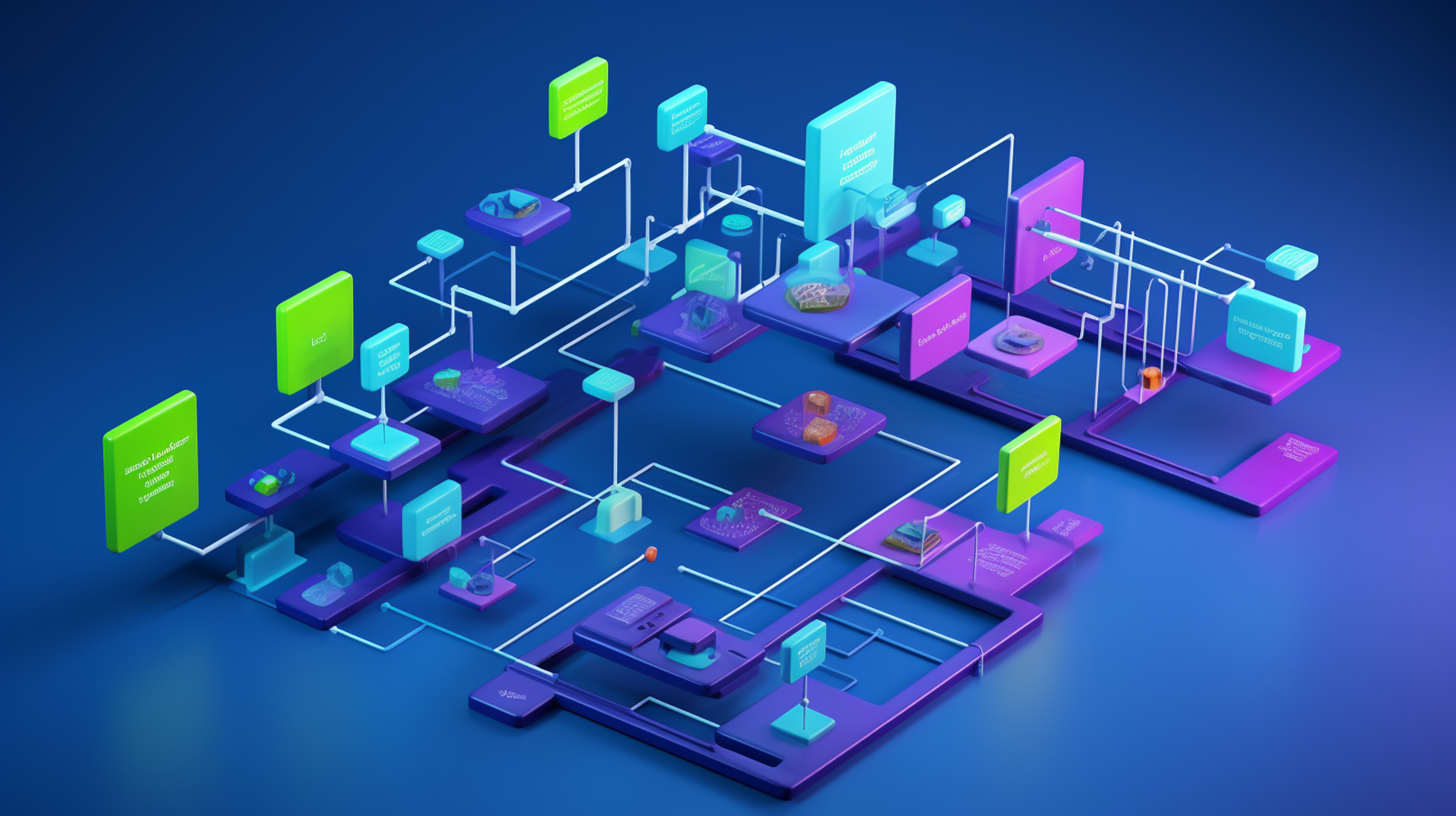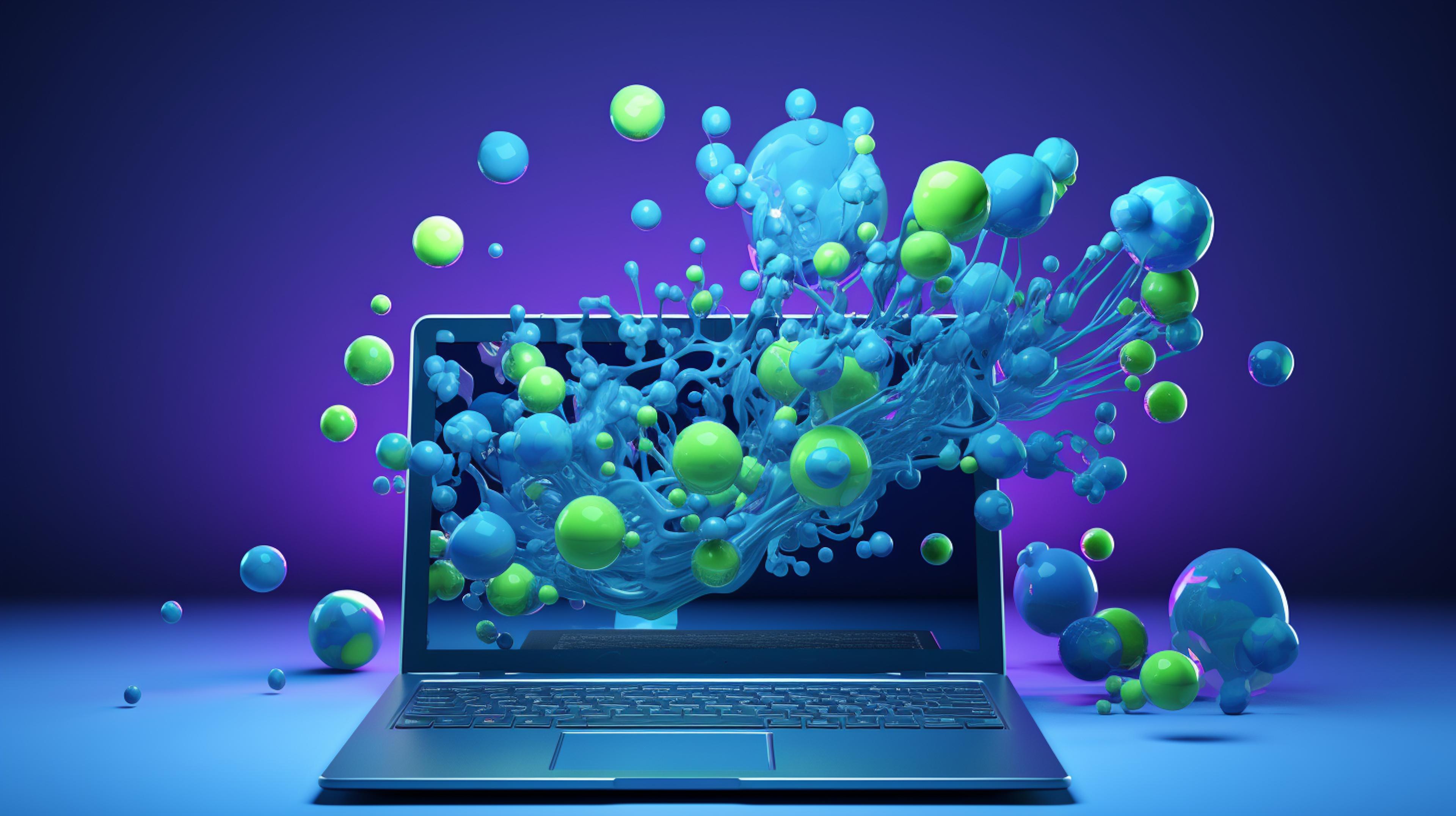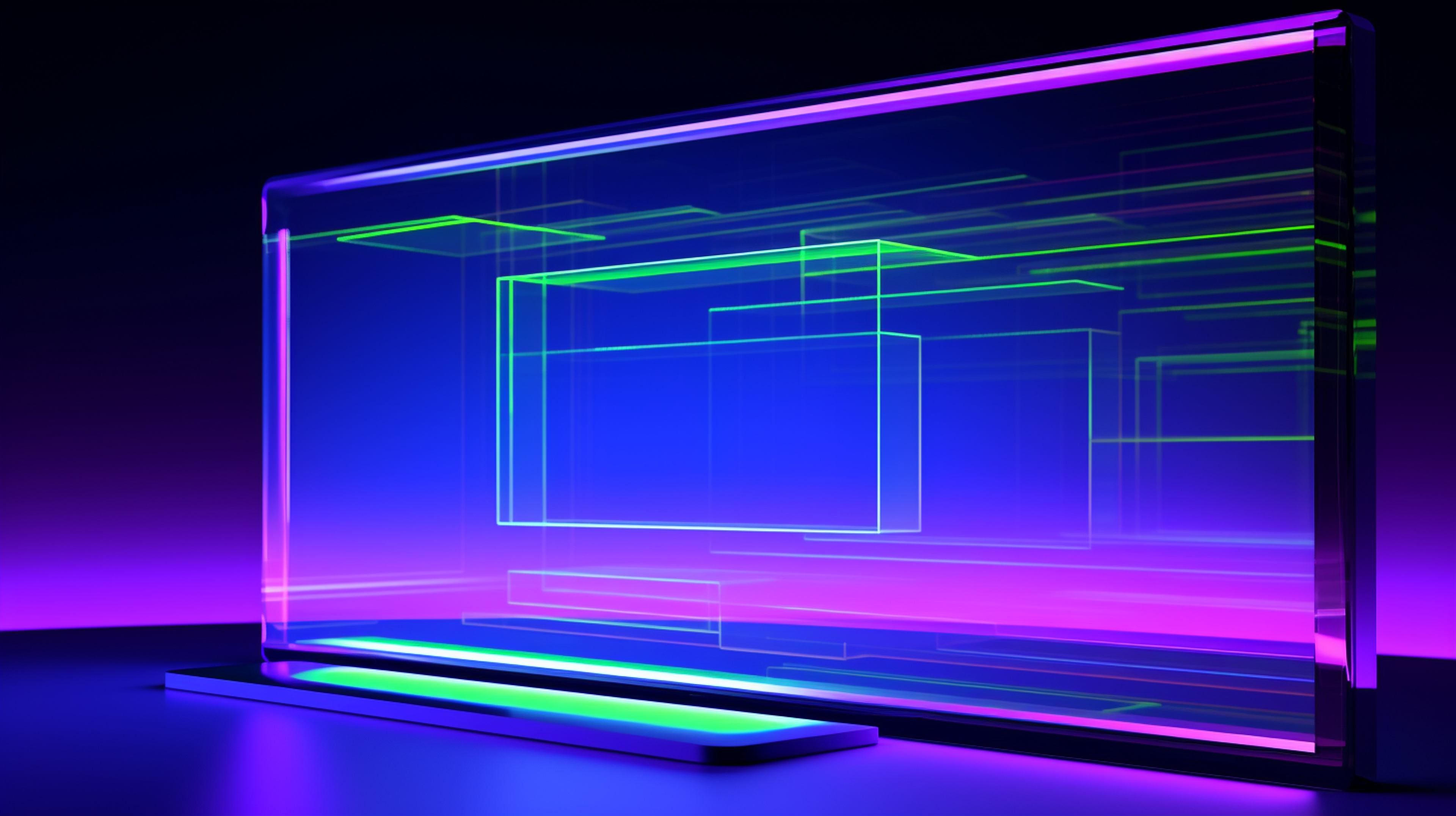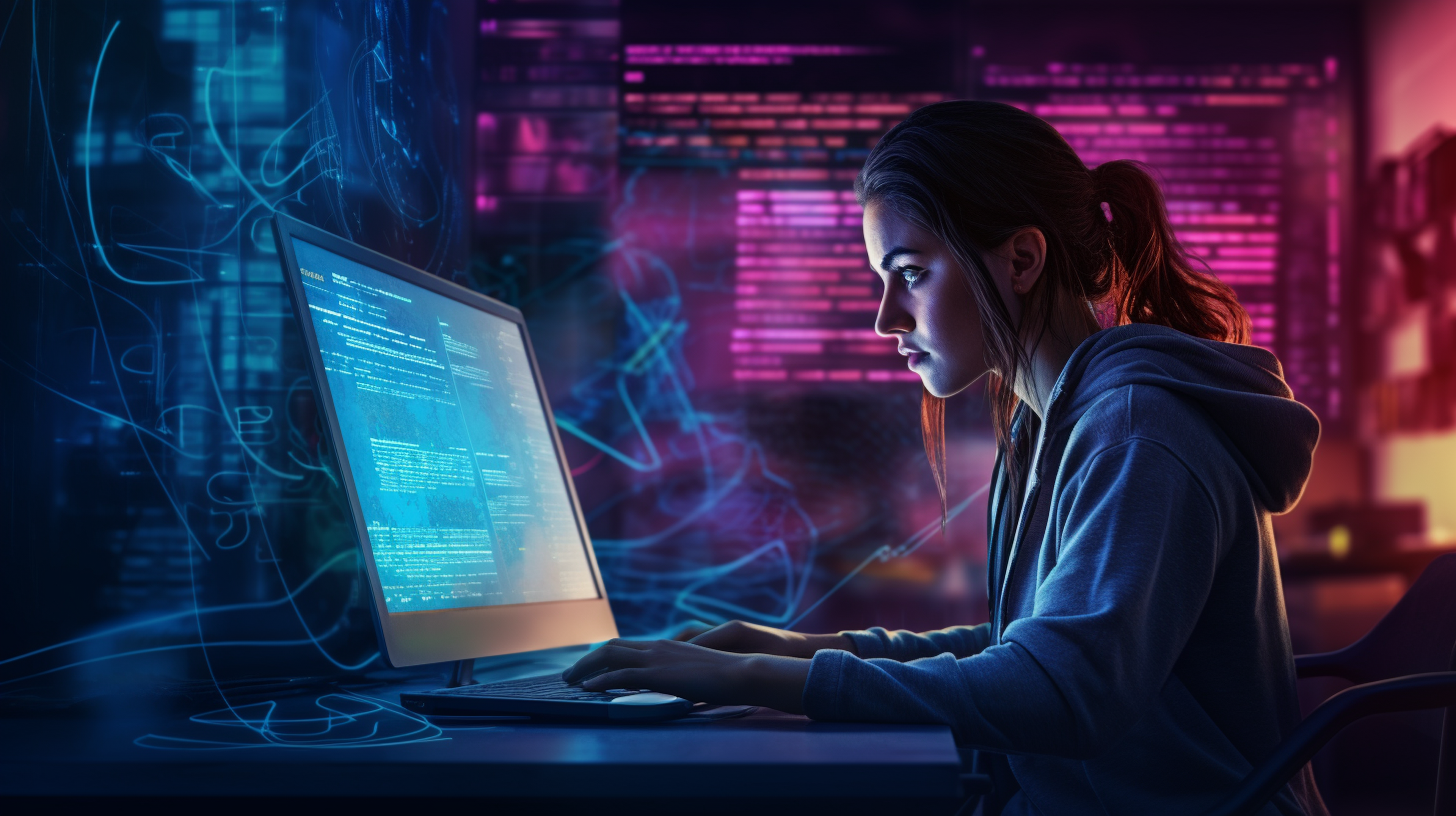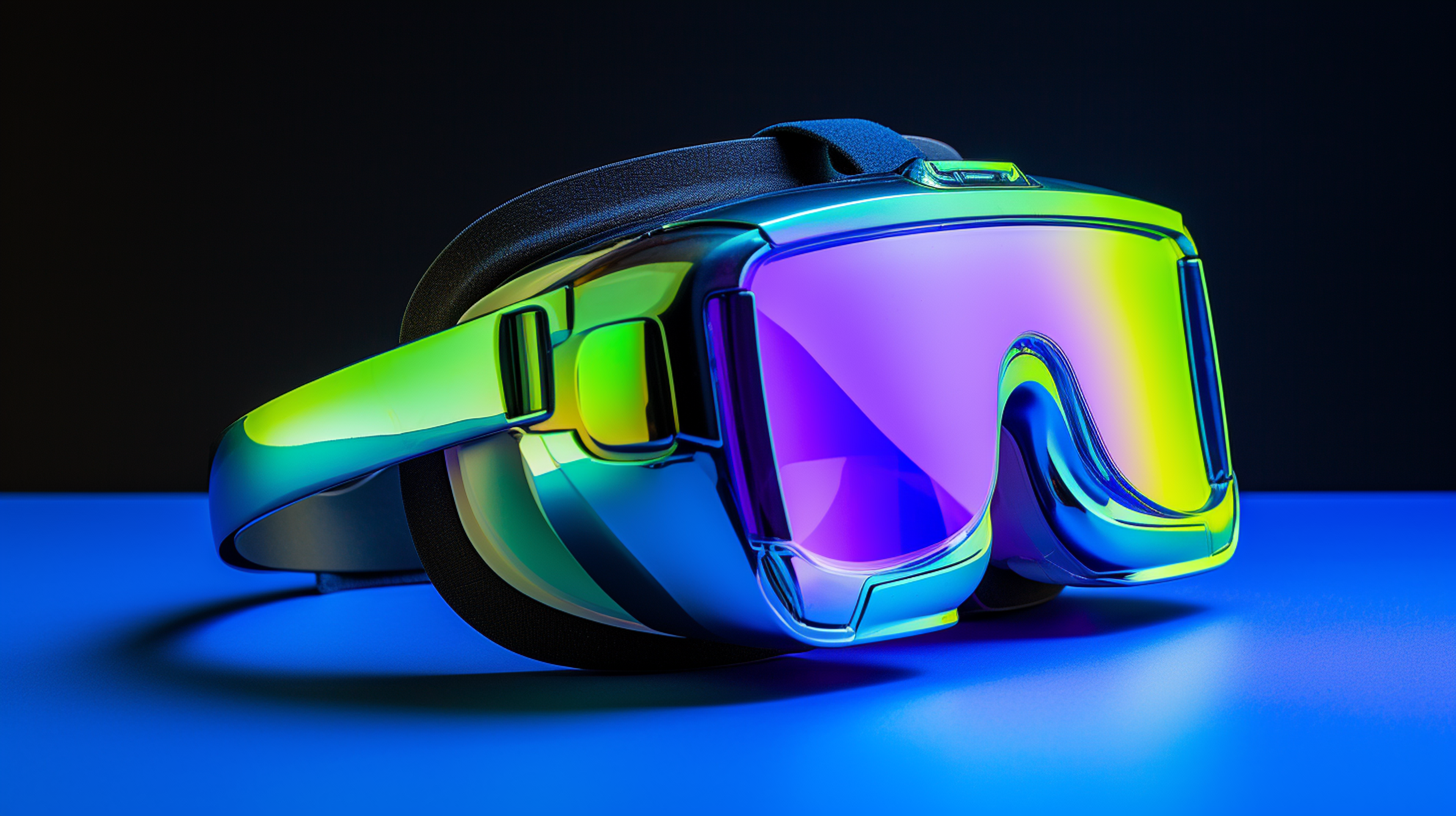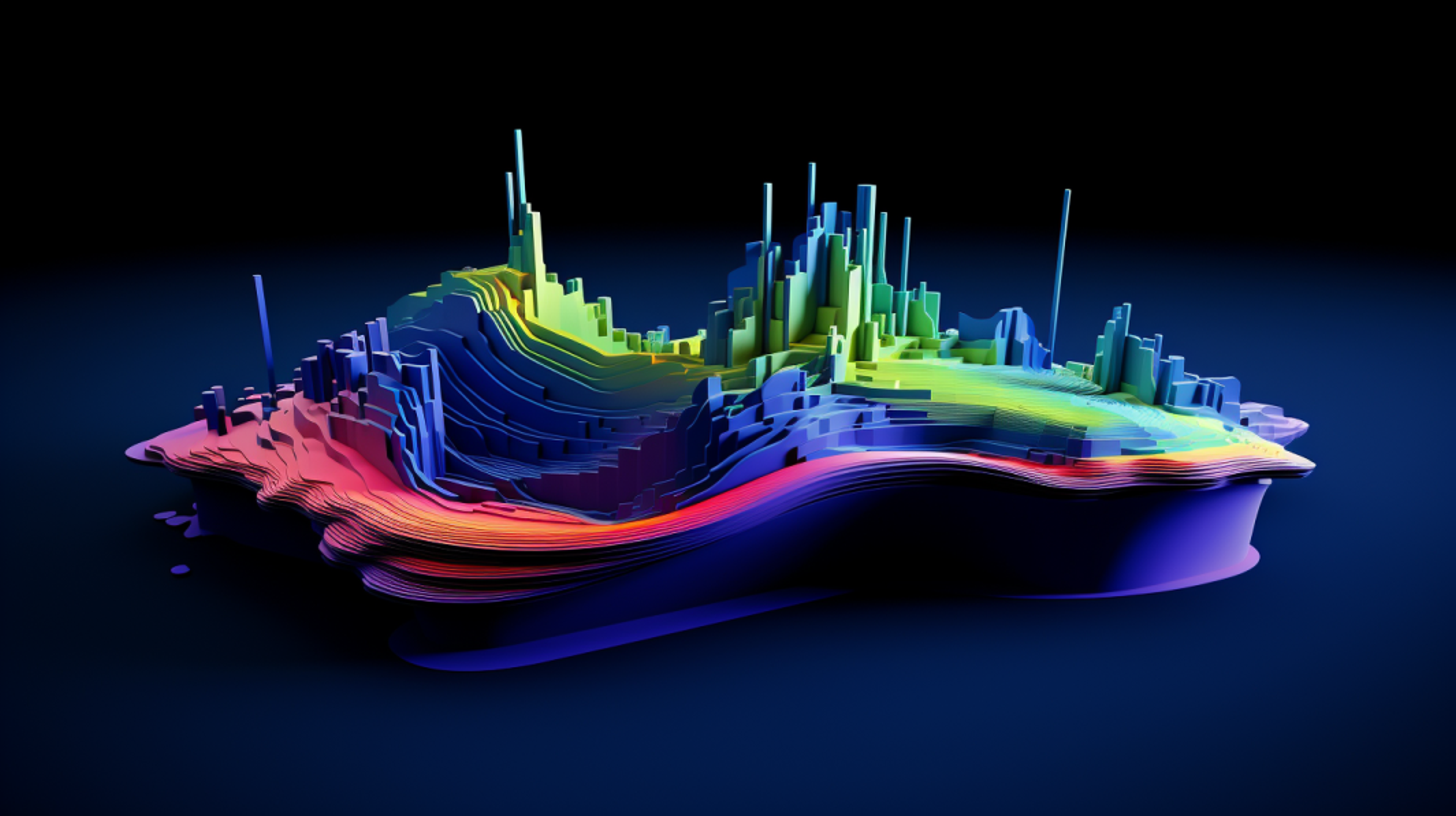Lesson 1
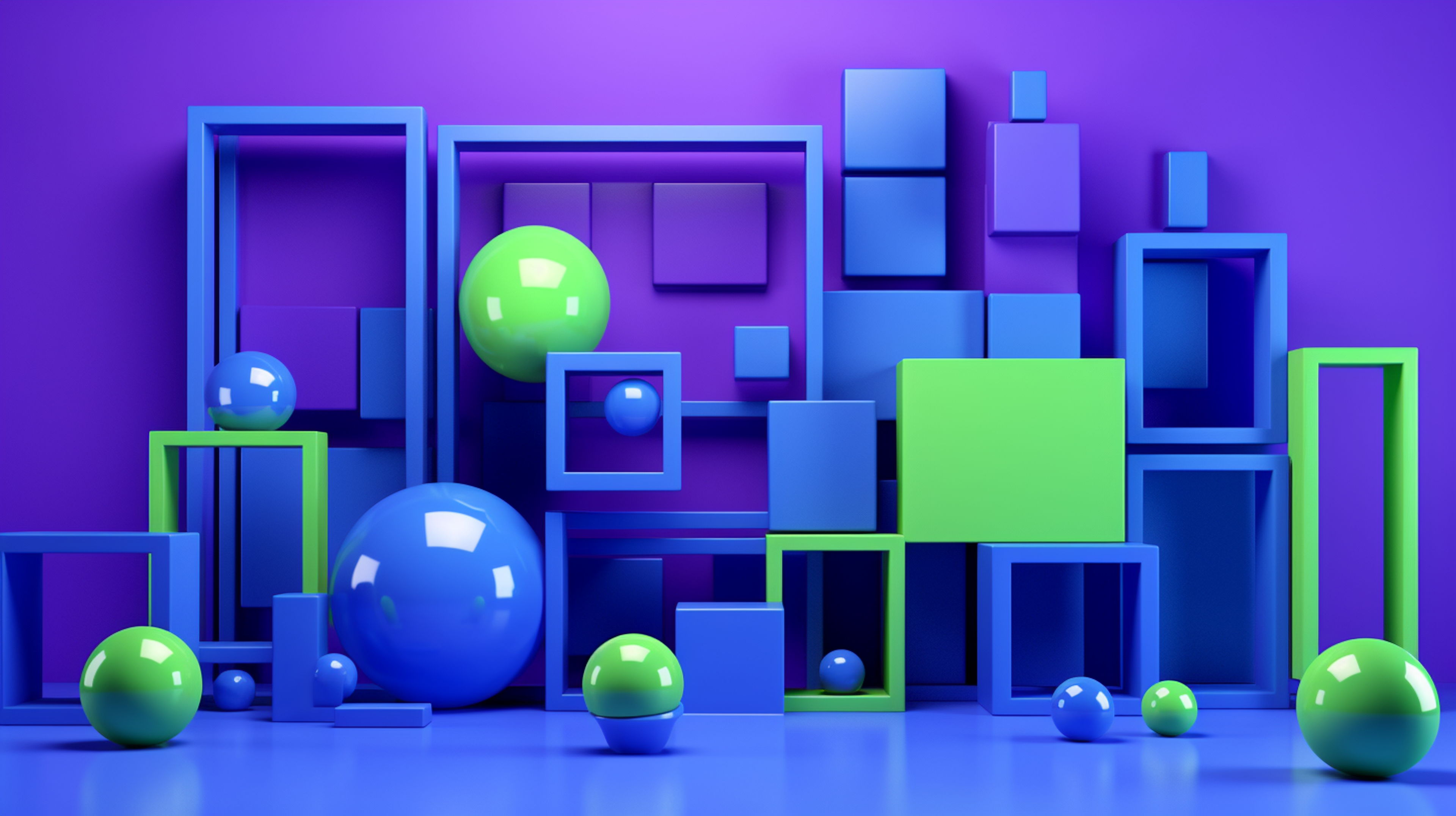
Interactive 3D Graphics
Course
This course will teach you the principles of 3D computer graphics: meshes, transforms, lighting, animation, and making interactive 3D applications run in a browser.
This course will teach you the principles of 3D computer graphics: meshes, transforms, lighting, animation, and making interactive 3D applications run in a browser.
Last Updated March 7, 2022
Prerequisites:
No experience required
Course Lessons
Lesson 2
Problem Set
Lesson 3
Interview: 3D Modelling and Printing
Lesson 4
Points, Vectors, and Meshes
Lesson 5
Problem Set
Lesson 6
Interview: Modeling in the Real World
Lesson 7
Colors and Materials
Lesson 8
Problem Set
Lesson 9
Transforms
Lesson 10
Problem Set
Lesson 11
Matrices
Lesson 12
Problem Set
Lesson 13
Lights
Lesson 14
Problem Set
Lesson 15
Cameras
Lesson 16
Problem Set
Lesson 17
Textures and Reflections
Lesson 18
Problem Set
Lesson 19
Shader Programming
Lesson 20
Problem Set
Lesson 21
Interaction and Animation
Lesson 22
Final Exam
Taught By The Best

Eric Haines
Instructor

Gundega Dekena
Instructor
The Udacity Difference
Combine technology training for employees with industry experts, mentors, and projects, for critical thinking that pushes innovation. Our proven upskilling system goes after success—relentlessly.

Demonstrate proficiency with practical projects
Projects are based on real-world scenarios and challenges, allowing you to apply the skills you learn to practical situations, while giving you real hands-on experience.
Gain proven experience
Retain knowledge longer
Apply new skills immediately

Top-tier services to ensure learner success
Reviewers provide timely and constructive feedback on your project submissions, highlighting areas of improvement and offering practical tips to enhance your work.
Get help from subject matter experts
Learn industry best practices
Gain valuable insights and improve your skills
Related Programs
Related Programs
8 hours
5 hours
18 hours
12 hours
5 hours
Beginner
13 hours
12 hours
5 hours
3 hours
7 hours
1 month
, Beginner
2 hours
